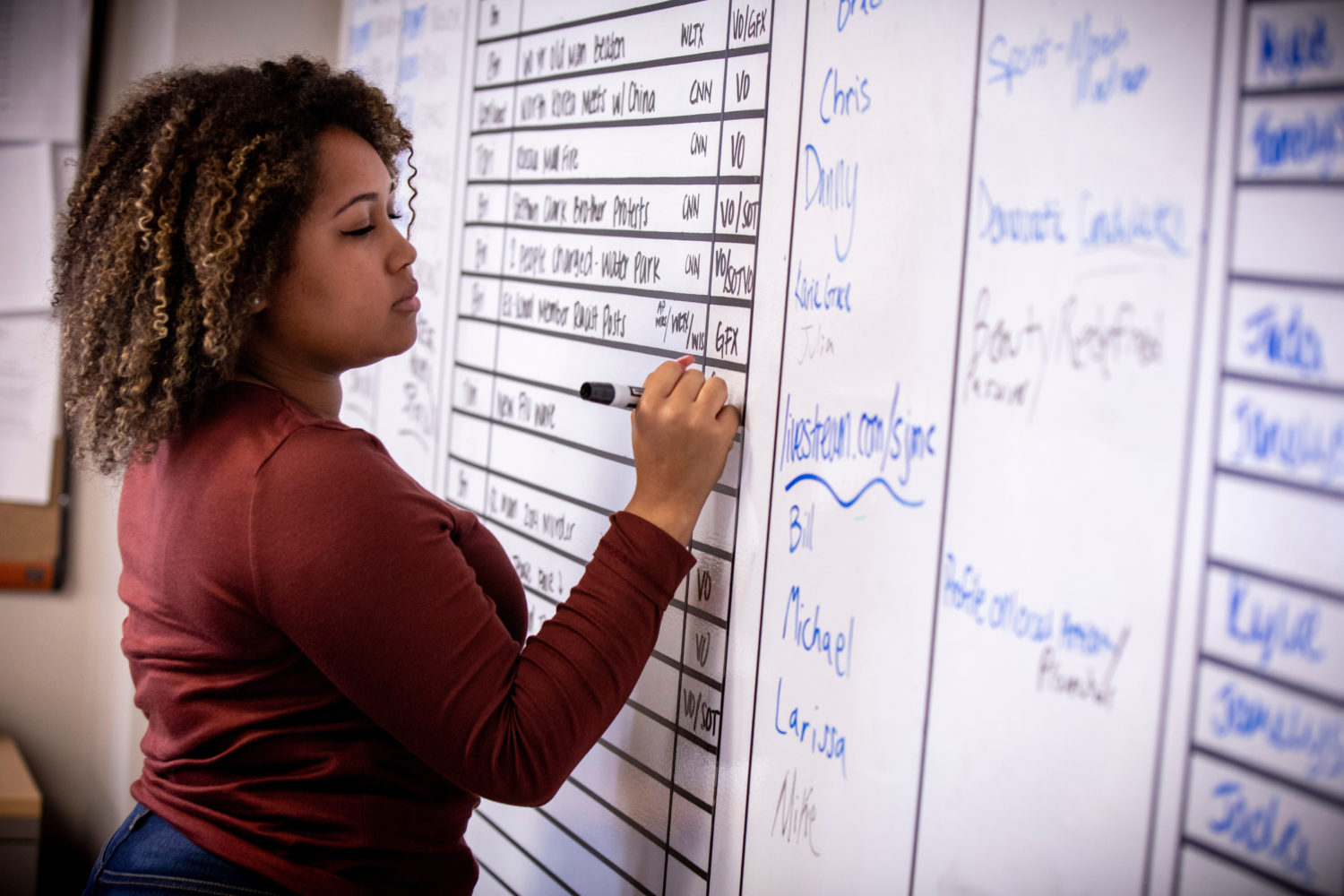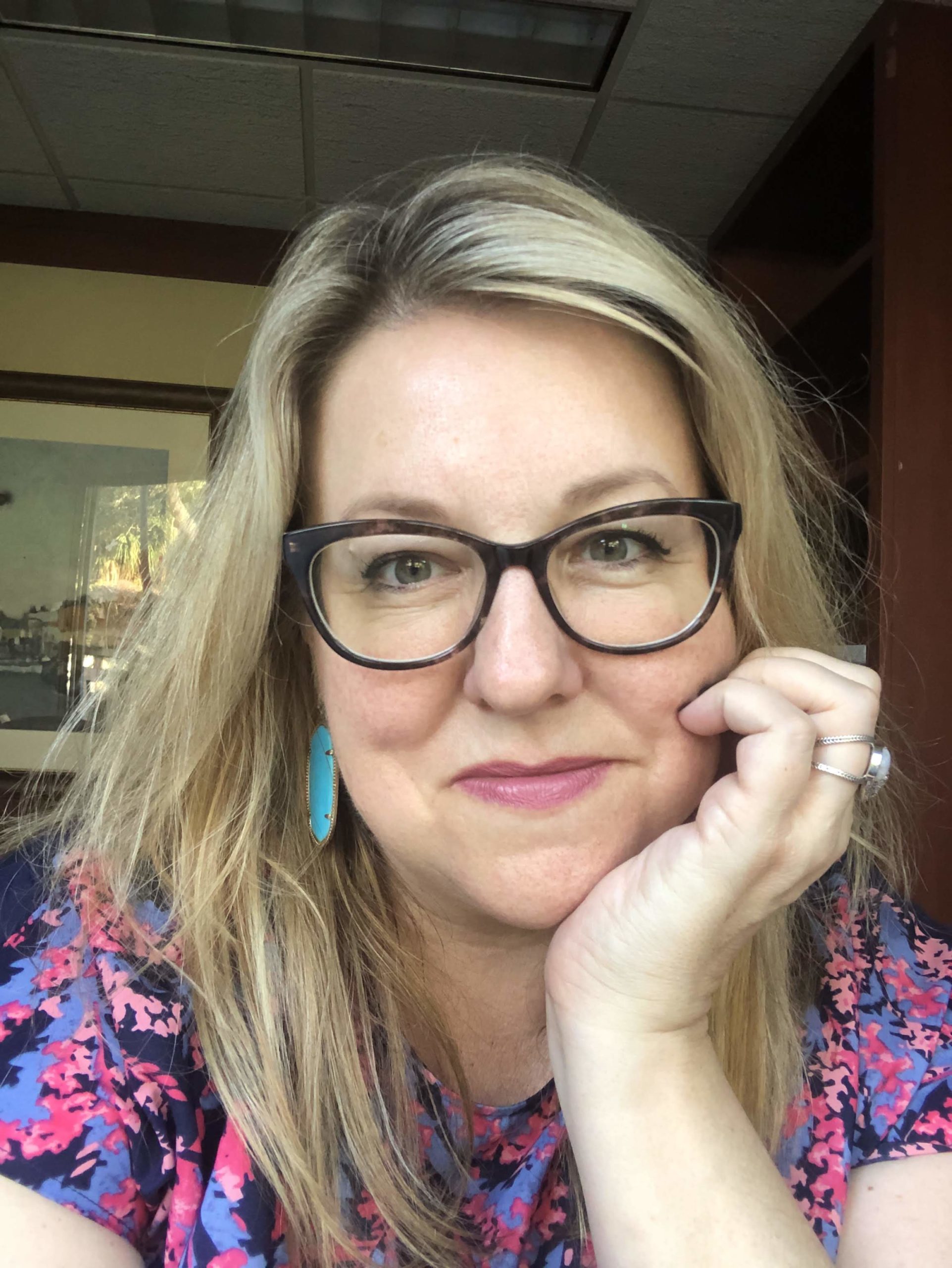Editor’s note: Welcome to Alma Matters, a new Poynter newsletter designed with help in mind — helping journalism educators stay on top of news and trends, helping college media stay informed and inspired, and helping all of you have a robust and vibrant discussion around the one topic that we love: journalism.
In this newsletter you should find ideas for classroom and newsroom discussion, potential assignments, and pressing journalism education news of the week.
We put this newsletter out on Sunday mornings to help you plan your week in the classroom, and I want to hear from you. If you have ideas, suggestions or pitches, send them to ballen@poynter.org. Subscribe here to get Alma Matters delivered to you.
And thank you sincerely for reading.
A smart summer solution
When their students lost summer internships due to the pandemic, the University of South Carolina’s School of Journalism and Mass Communications came up with a plan: the media hub.
“We believe our effort addresses two important concerns: Students need professional-like experience and skills practice while local businesses and nonprofits need publicity and news coverage,” said Michelle LaRoche, the Baldwin Endowed Chair in Business and Financial Journalism at South Carolina.
Four faculty members will lead a class of about 40 students across majors from public relations to broadcast. PR and advertising students will come up with marketing campaigns for local businesses, while student teams on the news side will cover local news.
The work can all be done remotely but was designed with an eye to replicate certain aspects of the summer internship experience.
As the saying goes, LaRoche said, “Don’t let a good crisis go to waste. We’re a professional school and we know that students need to get hands-on professional experience.”
In other internship news …
If you or your students are still looking for internship replacements, The Information, a news site that covers technology, has put together an impressive slate of online learning.
“As many internships have gone remote or been rescheduled, we’re offering eight hour-long evening ‘classes’ over the month of July, free of charge and open to anyone interested in building a career in news,” the organization said in a story announcing the news.
News Summer School will feature A-list journalists like Politico editor Carrie Budoff Brown, New York Times media columnist and former Buzzfeed editor-in-chief Ben Smith, and Recode Media host Peter Kafka, among many others.
The eight classes are scheduled for Tuesday and Thursday evenings in July. Enroll here.
‘Meet the Press’ goes to college
“Meet the Press” has launched a five-week digital series called “Meet the Press: College Roundtable,” which will feature college journalists across America.
The first episode, launched Friday, featured three students, including panelist Aiyana Ishmael, an intern with Poynter’s MediaWise, a program to teach Americans of all ages digital media literacy skills. I wrote more about it here.
Seeking inspiration?
Here’s an impressive showcase of work from student journalists covering the pandemic from their student newsrooms — the best of the best in the College Coronavirus Coverage Awards. The latest installment is rife with story ideas that could be replicated at your school or localized, including work from a Florida radio station about increased gun sales, dating in the pandemic and first-person reporting from an international student.
Trendspotting
I try to keep an eye out for trends in the media industry to help you guys with lesson plans and mentorship of students. This week felt like an increased focus on non-traditional and one-man-band-type journalism was coming into focus.
- The new newsletter Evolving Newsroom is “focused on exploring all the new roles that have appeared in newsrooms as they evolved over the past decade or more.”
- Then there’s the launch of Indiegraf, “a network of journalist-entrepreneurs and independently-owned digital publishers sharing resources to serve their local communities sustainably.”
- And finally, this feels like kinda big news: CUNY, The City University of New York, is launching a 100-day, online certification program to empower “army of one” journalists through its Craig Newmark Graduate School of Journalism. From their announcement: “Our goal is to provide a springboard for niche creators and their emergent micro ventures. The program will be led by experienced innovators. These experts in marketing, revenue and sustainability will help journalism entrepreneurs thrive in the media ecosystem.”
As the model evolves, so should our thinking around what a journalism degree empowers its holders to do.
Job watch!
The State in South Carolina is hiring.
Fact vs. fiction
Concerned about students being able to tell fact from fiction online? I coordinate the MediaWise Voter Project Campus Correspondents, a group of college students we’ve trained to lead virtual classrooms in teaching first-time voters how to tell fact from fiction online ahead of the 2020 elections. Request a free training for your classroom or organization for this summer or fall semester.
Reading list
- In The Monday Note, Frederic Filloux writes about the potential future of journalism school. It’s a think piece worth perusing.
- Here’s A Note from Your University About Its Plans for Next Semester. Ah, McSweeney’s.
- Journalist’s Resource rounds up some of the research on the impact of remote learning on students.
- My friend Damian Radcliffe at the University of Oregon has 8 great online learning resources for journalists and journalism educators: “These interactive and video resources mean you don’t have to reinvent the wheel due to COVID-19.”
One great classroom discussion topic
Several TV stations aired a package promoting Amazon’s safe warehouses — a package produced by Amazon. Courier has the story, including responses from the stations that aired the prepackaged … package, as well as remarks from Amazon.
It reminds me of the Sinclair editorial mashup from a couple of years ago (which appears to have been produced by the same writer).
Poynter’s Al Tompkins has a great breakdown on this fairly unusual breakdown in systems, but before sharing that with your students, maybe just show them the video and get their reaction.
Questions for discussion:
- Let’s say you’re a producer at a smaller news channel and you’re working overtime with fewer resources, as so many unfortunately are. What’s your process for checking the validity and source of where video comes from (especially pertinent now that mobility is so limited)?
- How comfortable are you with accepting and airing second-hand visuals — stills and video that weren’t shot by a staffer? How do you track their veracity, step by step?
- Do you think it’s important to have these standards available to employees? What about to the public — do they need to know everything about how you got visuals? Why or why not?
One final thought
Have you seen the video of CNN reporter Omar Jimenez being arrested in Minneapolis on live TV? There’s so much to unpack there, but I think it’s a great video to have your students watch and discuss, or for student editors to watch and react to. Students, if this was you being arrested, would you have acted the same way? Professors and advisers, what advice do you give your students about their conduct should they be approached by police? Editors, does your student newsroom have a policy in place about reporters being approached by members of the criminal justice system? This is an opportunity to talk it through.
Barbara Allen is the director of college programming at Poynter. She can be reached at ballen@poynter.org or on Twitter, @barbara_allen_.







